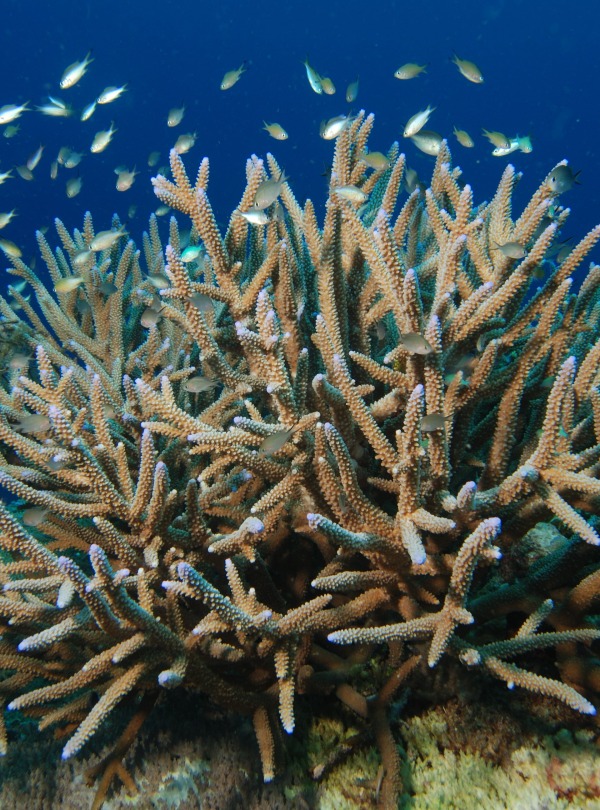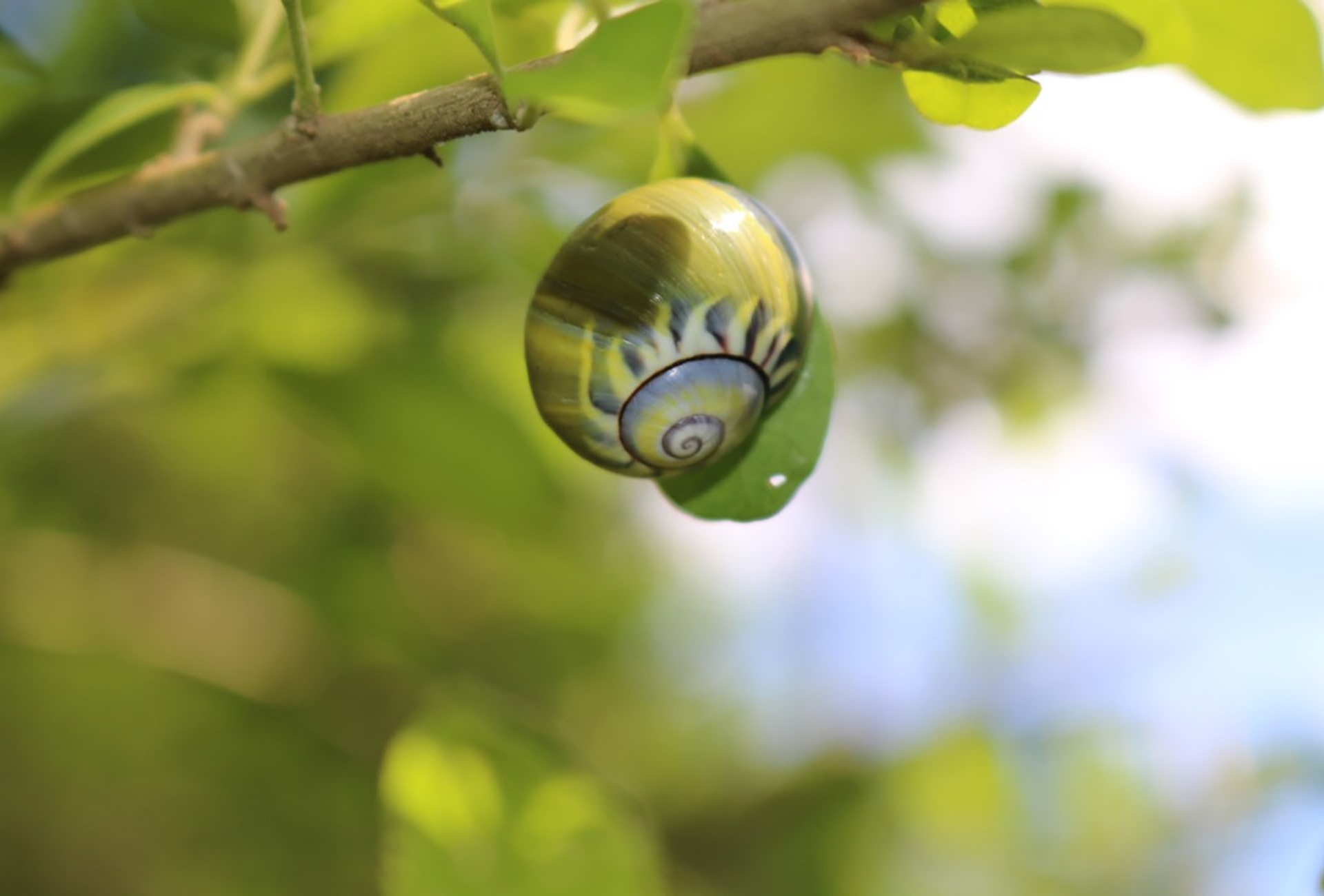
Create a Safe Haven for Endangered Snails in Cuba
Support more work like this!Support more work like this!One of seven species of Polymitas, the Polymita sulphurosa lives in the only remaining habitat of the coastal forest here in Cuba.
-
Species at Risk
Polymita sulphurosa (CR), Smalltooth Sawfish (CR), Gundlach’s Hawk (EN), Grey-headed Quail-dove (VU), Black-tailed Hutia (VU)
-
Carbon stored
2,426,767 mT*
*(metric tons of CO2 equivalents) -
Partner
Wildlife Conservation Society
-
22,574 Proposed Acres Conserved by
Designation
-
Project Cost: $194,702
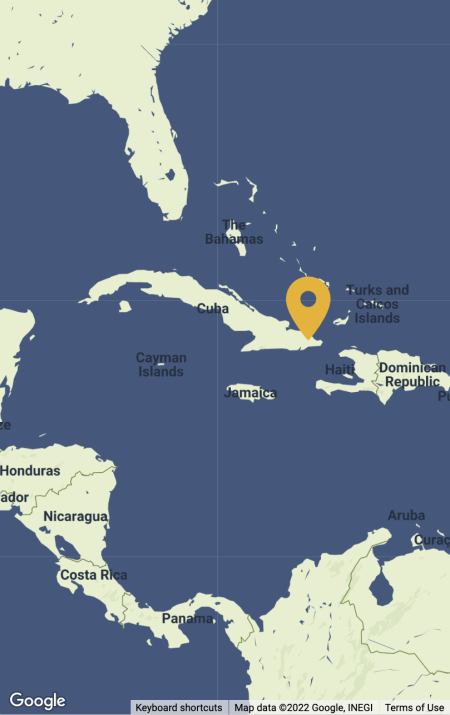
22,574
One of seven species of Polymitas, the Polymita sulphurosa lives in the only remaining habitat of the coastal forest here in Cuba.
-
Species at Risk
Polymita sulphurosa (CR), Smalltooth Sawfish (CR), Gundlach’s Hawk (EN), Grey-headed Quail-dove (VU), Black-tailed Hutia (VU)
-
Carbon stored
2,426,767 mT*
*(metric tons of CO2 equivalents) -
Partner
Wildlife Conservation Society
-
22,574 Proposed Acres Conserved by
Designation
-
Project Cost: £146,392

22,574
Cuba’s coastal forests and sandy shores are one of the last refuges for many endemic land and coastal species. Here, along the northeastern shoreline, a thin ribbon of vegetation harbors the most beautiful snails on Earth. Sadly, the brilliant colors and patterns of the Critically Endangered Polymita sulphurosa have put them at risk of extinction as collectors illegally take them from the wild.
One of seven species of Polymitas, the Polymita sulphurosa lives in the only remaining habitat of the coastal forest here. Biodiversity studies conducted by our partners uncovered between 20,000 to 30,000 Polymita sulphurosa individuals in five isolated populations across this landscape.
Their allure, combined with the loss and degradation of their habitat, has led to a 97% decrease in their range. Because they depend on micro-habitats with very specific vegetation, they can easily be destroyed by any one incident that damages their small home.
In addition to these colorful snails, several endemic birds including the Gundlach’s Hawk (EN), Grey-headed Quail-dove (VU) and the Black-tailed Hutia (VU) also depend on this ecosystem for their survival.
(Header photo: Painted land snails or Polymita sulphurosa of the Cananovas in Cuba, by Rey Estrada)
Explore the Cananovas
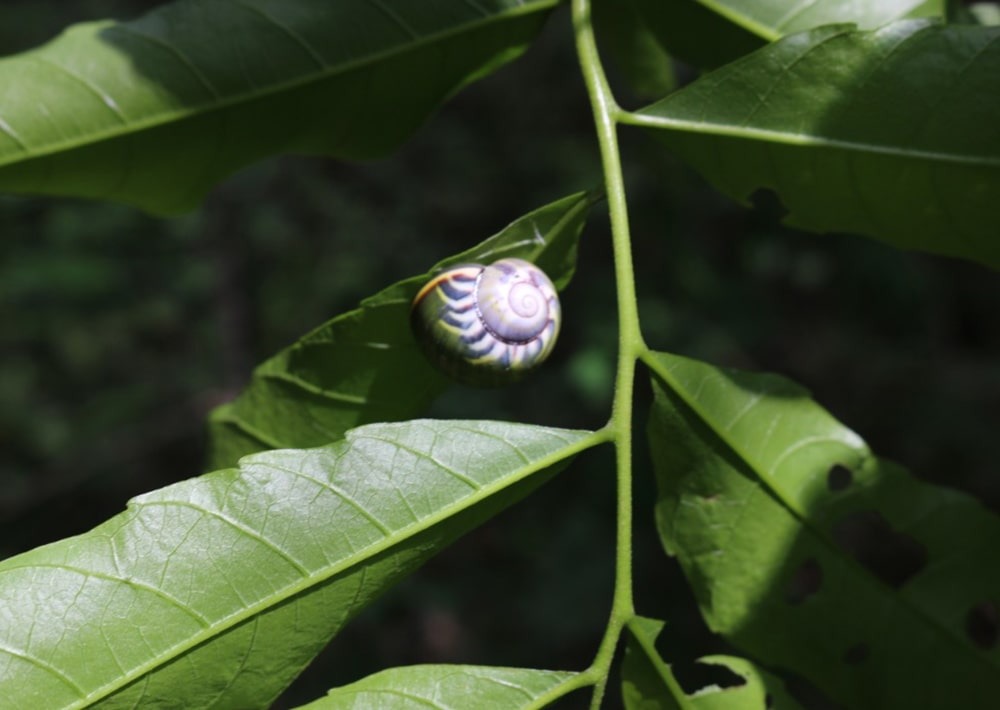
Colorful Polymita sulphurosa of the Cananovas in Cuba, by Rey Estrada
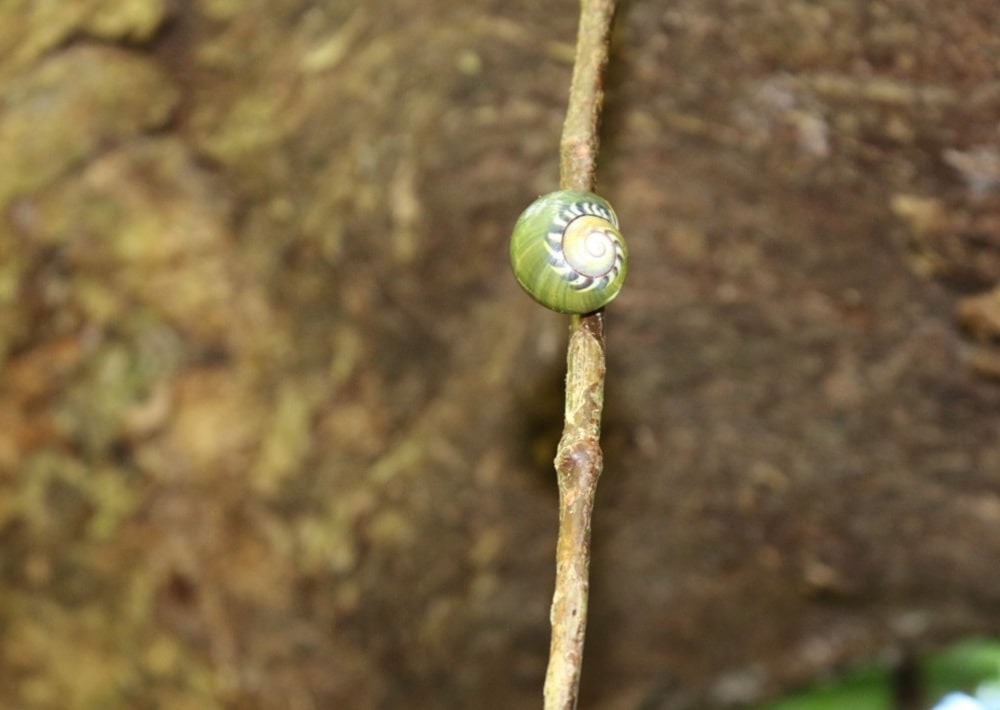
Colorful Polymita sulphurosa of the Cananovas in Cuba, by Rey Estrada
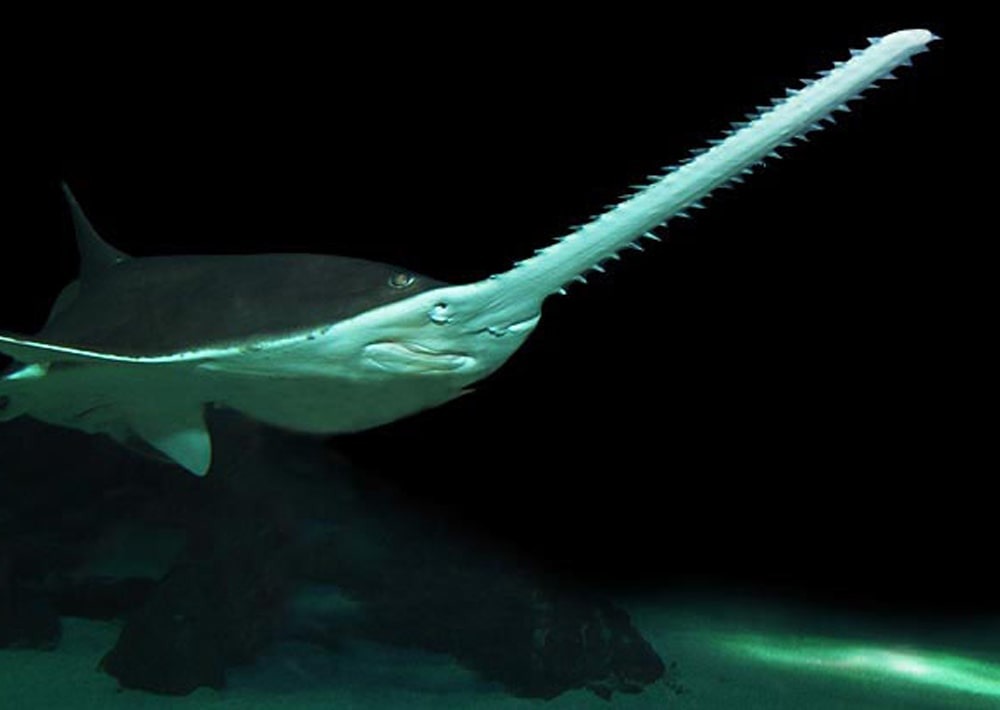
Smalltooth sawfish (Pristis pectinata), by D Ross Robertson/wikipedia
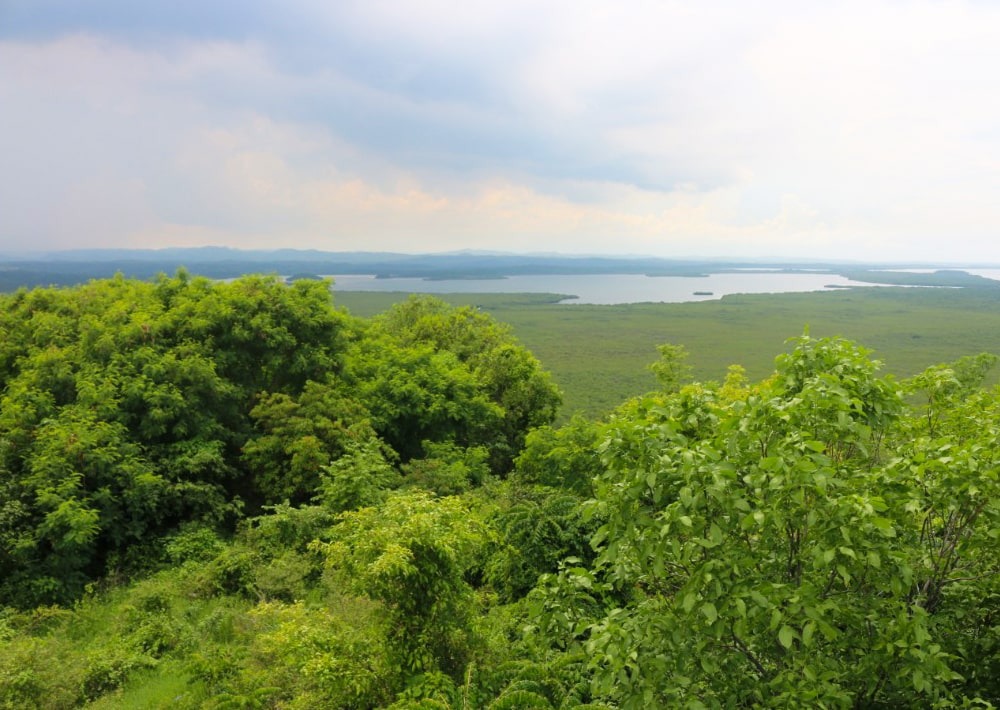
The landscape of the Cananovas, by Rey Estrada
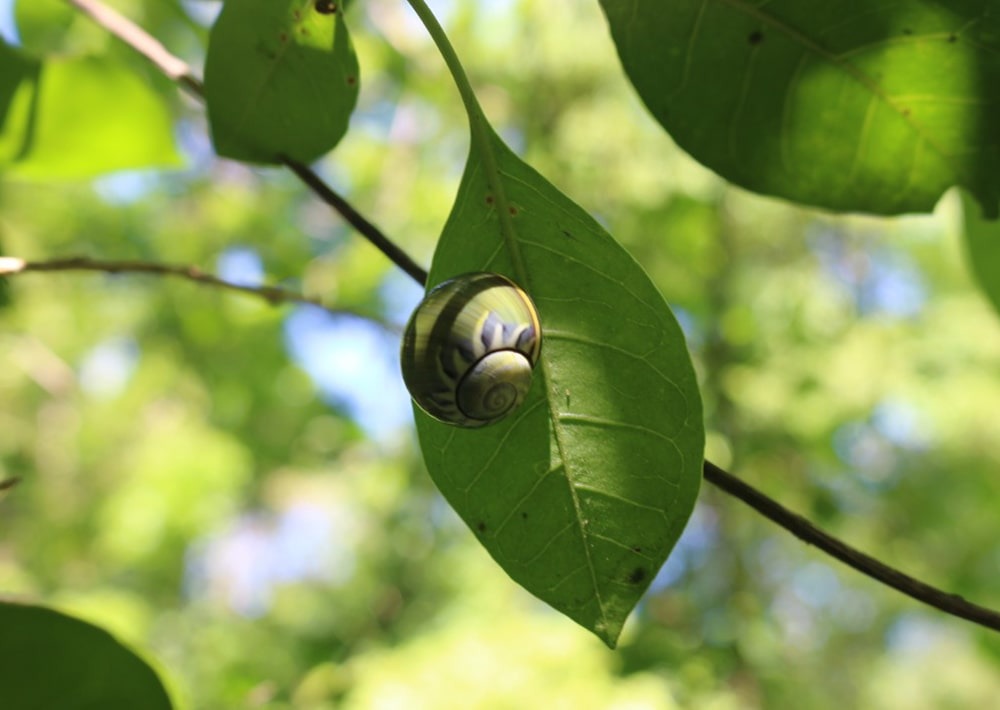
Colorful Polymita sulphurosa of the Cananovas in Cuba, by Rey Estrada
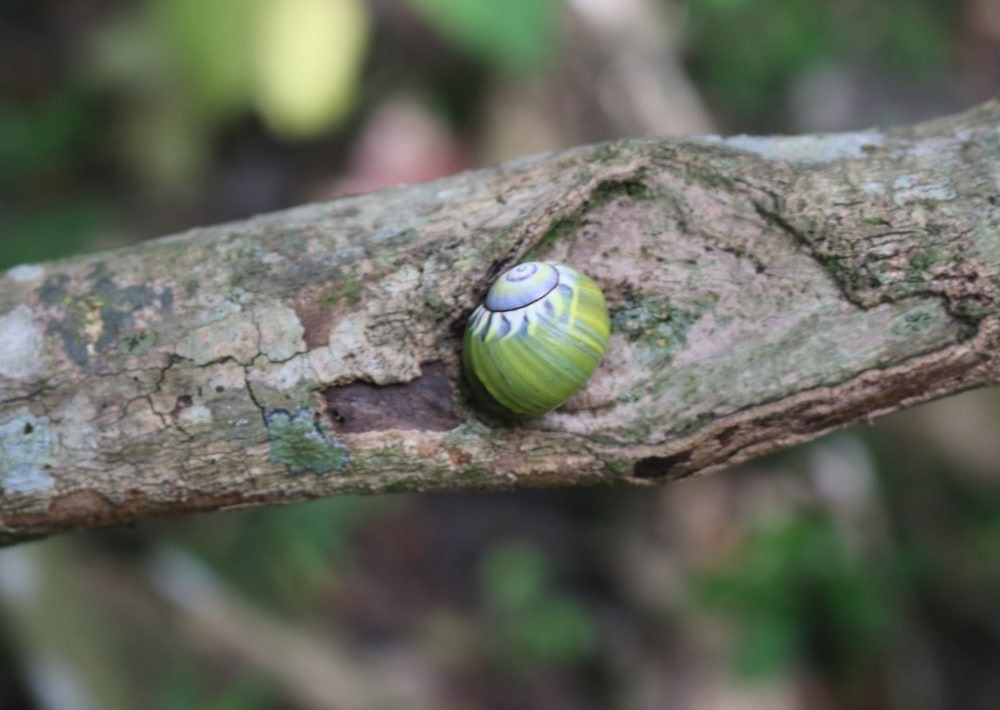
Colorful Painted Land Snail of the Cananovas in Cuba, by Rey Estrada
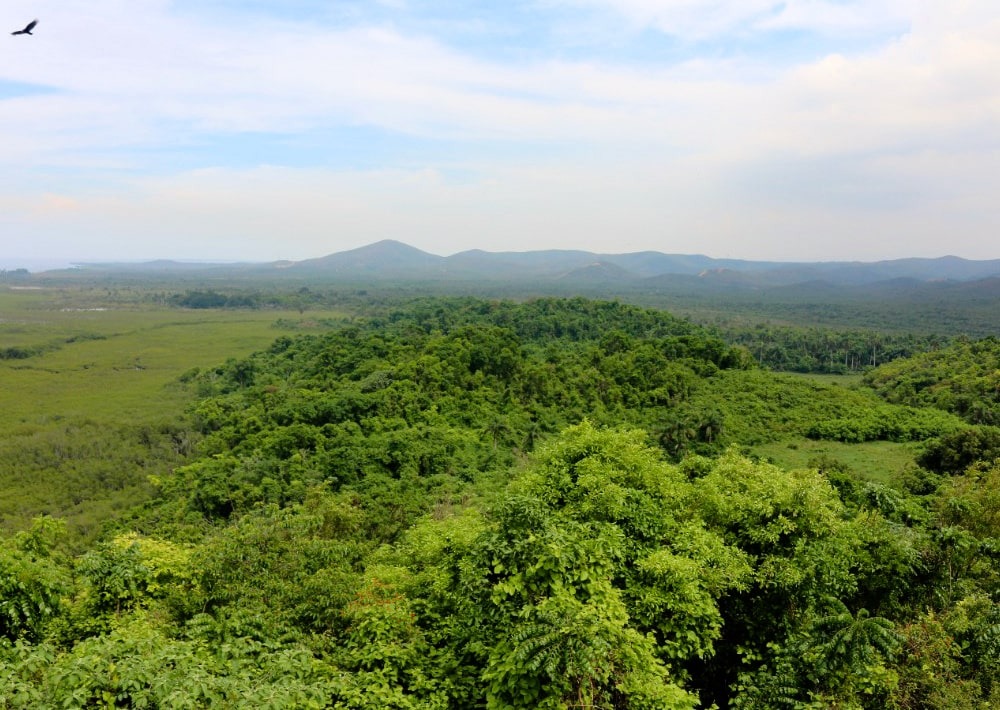
The landscape of the Cananovas, by Rey Estrada
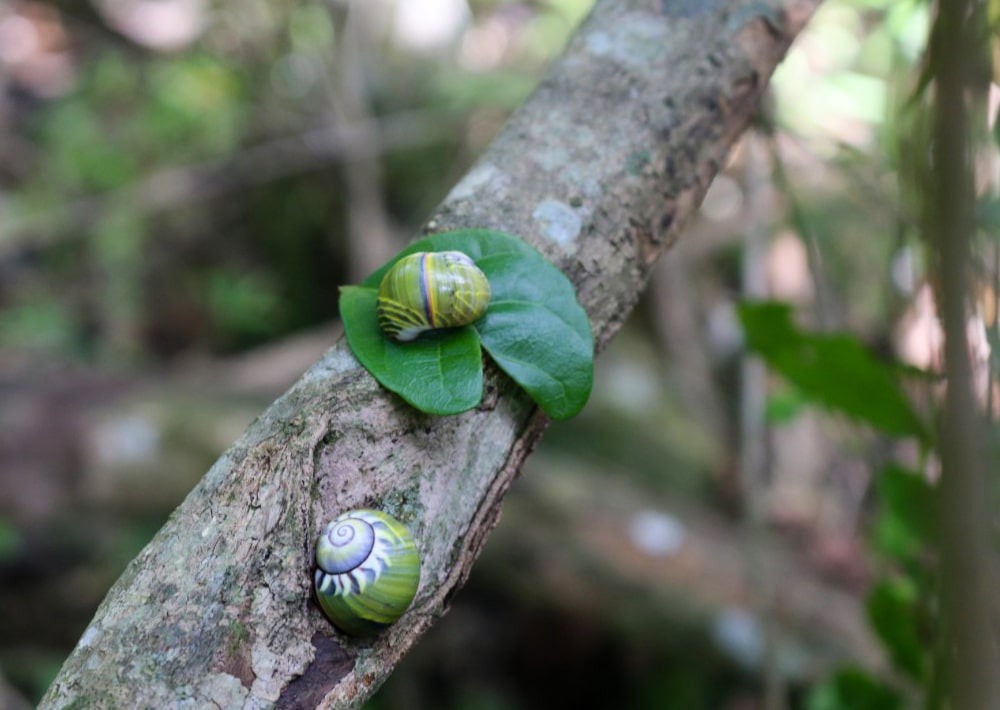
Colorful Polymita sulphurosa of the Cananovas in Cuba, by Rey Estrada
Did you know? Only
Individual Polymita sulphurosa Exist Here
Save Biodiverse Coastal Forests for Snails, Birds and Sawfish
Rainforest Trust and our partner, Wildlife Conservation Society, together with the local Antonio Nuñez Jimenez Foundation, are working to create the new 22,574-acre Cananovas Habitat/Species Management Area in Cuba for critically endangered species. This project will fill a critical gap in coastal and marine protection near vital habitats in the Alejandro de Humboldt National Park with a group of wildlife refuges and protected areas in this extraordinary Cuban landscape.
Once protected, the proposed Cananovas Habitat/Species Management Area will also safeguard many endangered and endemic birds. Additionally, these acres—some marine—will safeguard the Smalltooth Sawfish (CR) found in the waters here. Cuba is one of only four Western Atlantic countries where the Smalltooth Sawfish (CR) still exists. Once common, the Smalltooth Sawfish (CR) is targeted for food and other uses. Unfortunately, its long-toothed rostrum makes it extremely vulnerable to entanglement in fishing gear. In addition to sheltering these endangered species, these acres will safely store 2,426,767 million mT of CO₂ equivalents.
Earlier this year, Rainforest Trust launched the first project in Cuba to protect 359,743 acres along the southern coast at Desembarco del Granma National Park. Once completed, this Marine Protected Area will safeguard Elkhorn Coral (CR), Great Hammerhead Shark (CR), Gudlach’s Hawk (EN), Whale Shark (EN) and the Hawksbill Sea Turtle (CR) among many other species.
Secure Marine Feeding Grounds
Deforestation and illegal harvesting of Cuba’s flora and fauna deprive coastal and marine species of food, nesting and sheltering grounds, increasing their risk of extinction. Once formally established, Cananovas Habitat/Species Management Area stakeholders will develop a coastal management plan that includes a monitoring and evaluation strategy of the ecosystem. Staff will be hired and trained to keep a watchful eye on the wellbeing of this habitat and its species. The ability to observe changes over time and develop targeted actions will ensure the conservation of this protected area.
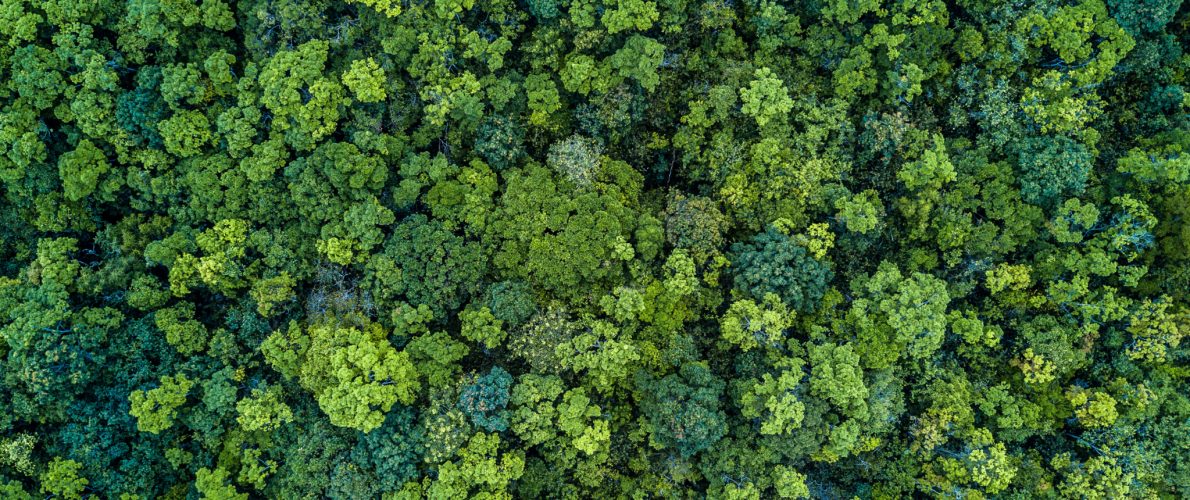
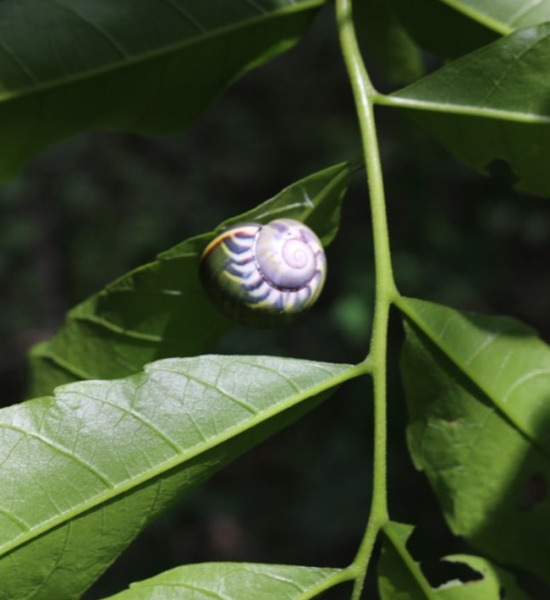
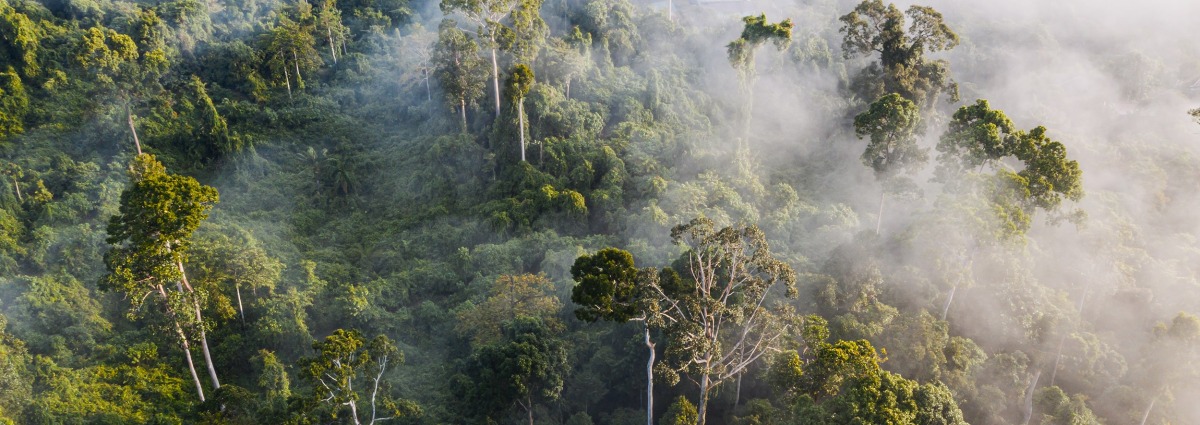
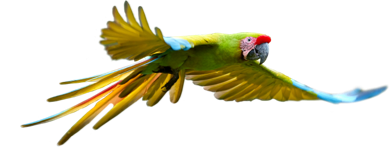
We Value Transparency.
Conservation work is critical, challenging, and can be costly. We work hard to ensure we raise only the funds needed for each project. In the rare case we raise more money than needed or a project comes in under budget, excess monies will be transferred to the Conservation Action Fund. This fund supports our important conservation work throughout the tropics.
Learn more about the Conservation Action FundLearn more about the Conservation Action Fund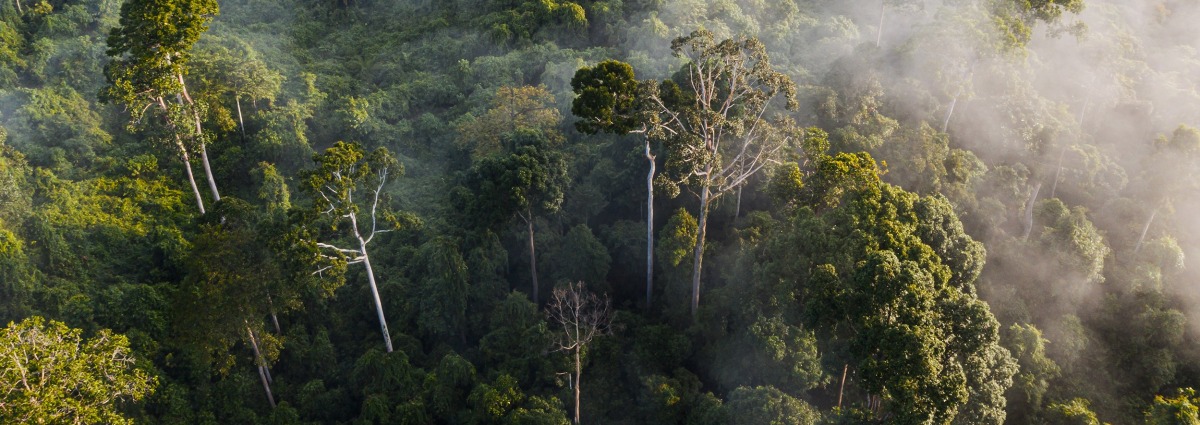
Partnering to Save Rainforest
Our partners’ ability to work with their governments and build strong connections with local communities ensures the successful implementation of our projects.
Learn More About This PartnerLearn More About This Partner
